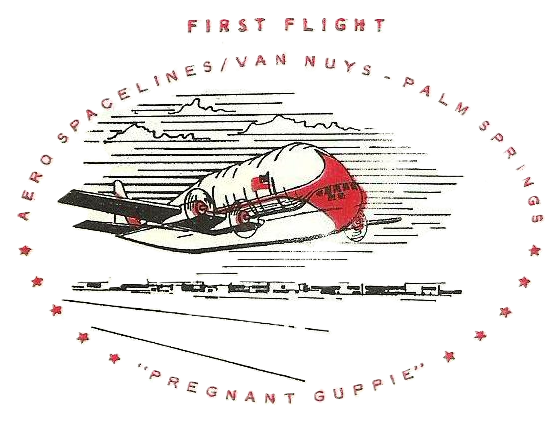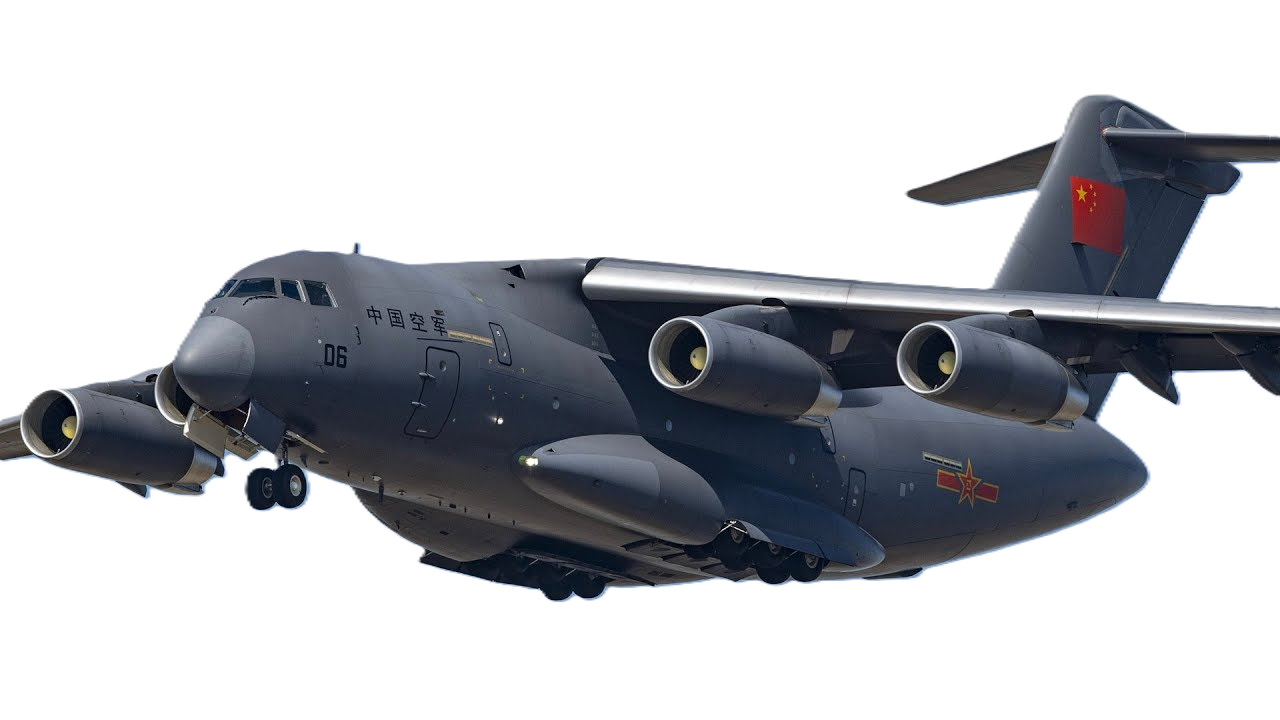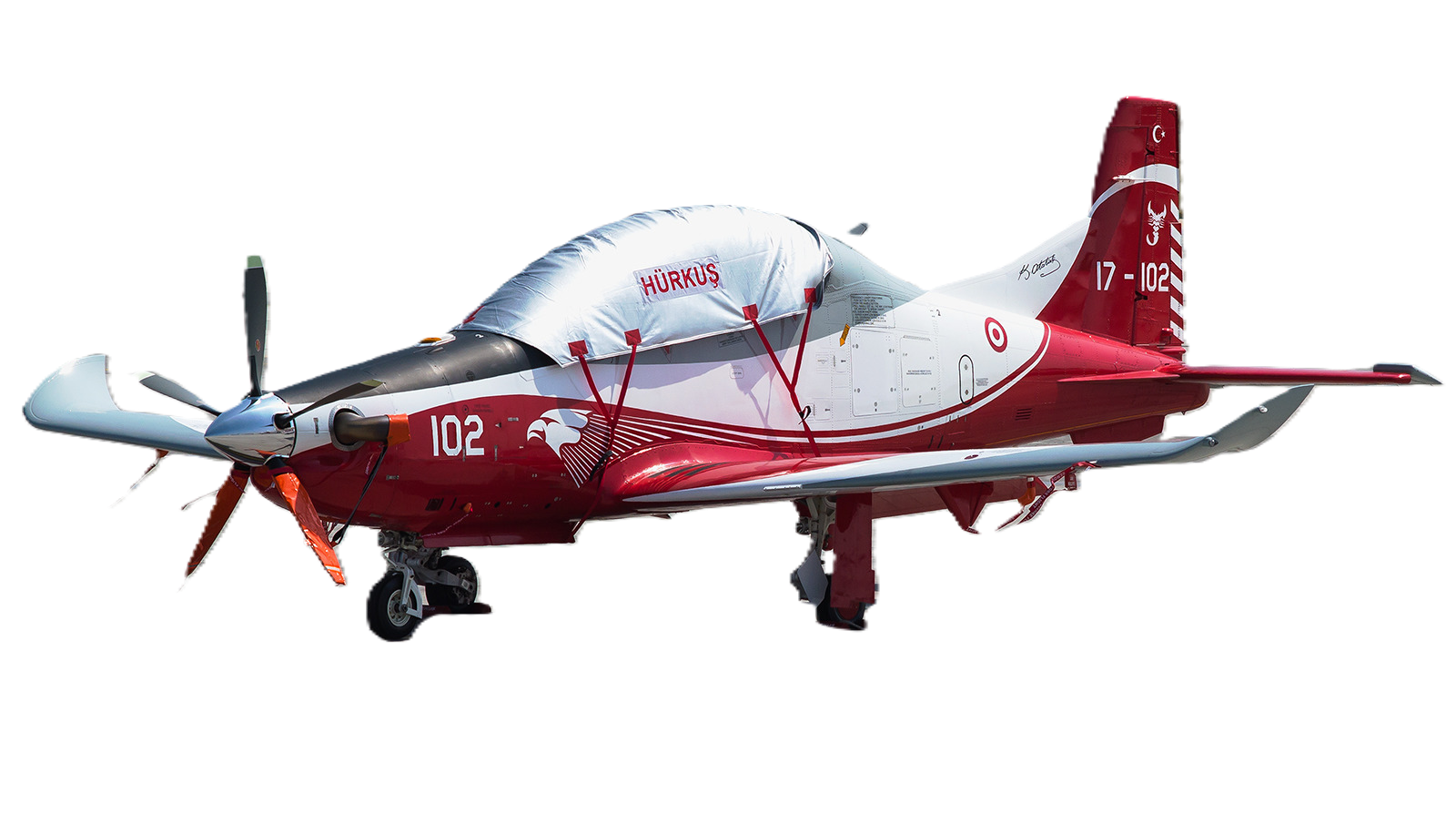Douglas Aerospace
SBD Dauntless "Furious D"
 |
|
| Type | Dive bomber Scout plane |
|---|---|
| National origin | United States |
| Manufacturer | Douglas Aircraft |
| Designer | Ed Heinemann |
| Primary users | United States NavyUnited States Marine Corps United States Army Air Forces Free French Air Force Royal New Zealand Air Force |
| Number built | 5,936 |
| History | |
| Manufactured | 1940–1944 |
| Introduction date | 1940 |
| First flight | 1 May 1940 |
| Retired | 1959 (Mexico) |
| Developed from | Northrop BT |
.
History
Douglas
SBD Dauntless "Furious D" Douglas
SBD Dauntles
First Flight 1 May 1940
Introduction 1940
Produced 1940–1944
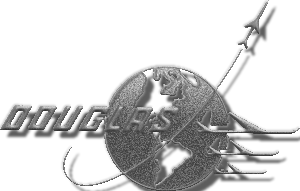
The Douglas SBD Dauntless is a World War II American naval scout plane and dive bomber that was manufactured by Douglas Aircraft from 1940 through 1944. The SBD ("Scout Bomber Douglas") was the United States Navy's main carrier-based scout/dive bomber from mid-1940 through mid-1944. The SBD was also flown by the United States Marine Corps, both from land air bases and aircraft carriers. The SBD is best remembered as the bomber that delivered the fatal blows to the Japanese carriers at the Battle of Midway in June 1942. The type earned its nickname "Slow But Deadly" (from its SBD initials) during this period, along with a rarely-used accompanying nickname of "Furious D."
Design work on the Northrop BT-1 began in 1935. In 1937, the Northrop Corporation was taken over by Douglas, and the active Northrop projects continued under Douglas Aircraft Corporation The Northrop BT-2 was developed from the BT-1 by modifications ordered in November 1937, and provided the basis of the SBD, which first entered service in mid-1939. Ed Heinemann led a team of designers who considered a development with a 1,000 hp (750 kW) Wright Cyclone engine. The plane was developed at the Douglas El Segundo, California, plant, and that facility, along with the company's Oklahoma City plant, built almost all the SBDs produced

0
KmCeiling
0
KmCombat RANGE
0
Km/hAircraft Speed
0
Max Crew
Photo Gallery
Douglas
SBD Dauntles
First Flight 1 May 1940
Introduction 1940
Produced 1940–1944


Douglas
SBD Dauntless "Furious D."
First Flight 1 May 1940
Introduction 1940
Produced 1940–1944
General Info
-
-
- Crew: 2
- Length: 33 ft 1.25 in (10.0902 m)
- Wingspan: (12.65873 m)
- Height: 13 ft 7 in (4.14 m)
- Wing area: 325 sq ft (30.2 m2)
-
Powerplant
-
-
- Empty weight: 6,404 lb (2,905 kg)
- Gross weight: (4,245 kg)
- Max takeoff weight: (4,853 kg)
- Fuel capacity: 260 US gal (220 imp gal; 980 L) in non-metallic self-sealing fuel tanks
- Powerplant: 1 × Wright R-1820-60 Cyclone 9-cylinder air-cooled radial piston engine, 1,200 hp (890 kW)
- Propellers: 3-bladed Hamilton-Standard constant-speed propeller
-
Performance
- Maximum speed: 255 mph (410 km/h, 222 kn) at (4,300 m)
- Cruise speed: (298 km/h,
- Range: 1,115 mi (1,794 km, 969 nmi)
- Service ceiling: (7,780 m)
- Rate of climb: 1,700 ft/min
- Wing loading: 28.8 lb/sq ft (141 kg/m2)
Armament
-
-
Guns: ** 2 × 0.50 in (12.7 mm) forward-firing synchronized Browning M2 machine guns in engine cowling
- 2 × 0.30 in (7.62 mm) flexible-mounted Browning M1919 machine guns in rear
- Bombs: 2,250 lb (1,020 kg) of bombs)
-
Guns: ** 2 × 0.50 in (12.7 mm) forward-firing synchronized Browning M2 machine guns in engine cowling
Links to Youtube & Others
The US Navy’s primary dive-bomber at the war’s start, the bomber earned its reputation—and helped earn victory—at the 1942 Battle of Midway, sinking four Japanese carriers.
Douglas
SBD Dauntless
"Furious D"
Dive bombing requires precise maneuverability and accuracy to fly at steep trajectory and hit a moving target.
Youtube Link
SBD-3, Bureau Number (BuNo) 06508 was built by Douglas Aircraft Company at El Segundo, California, and is a combat veteran of the Guadalcanal Campaign









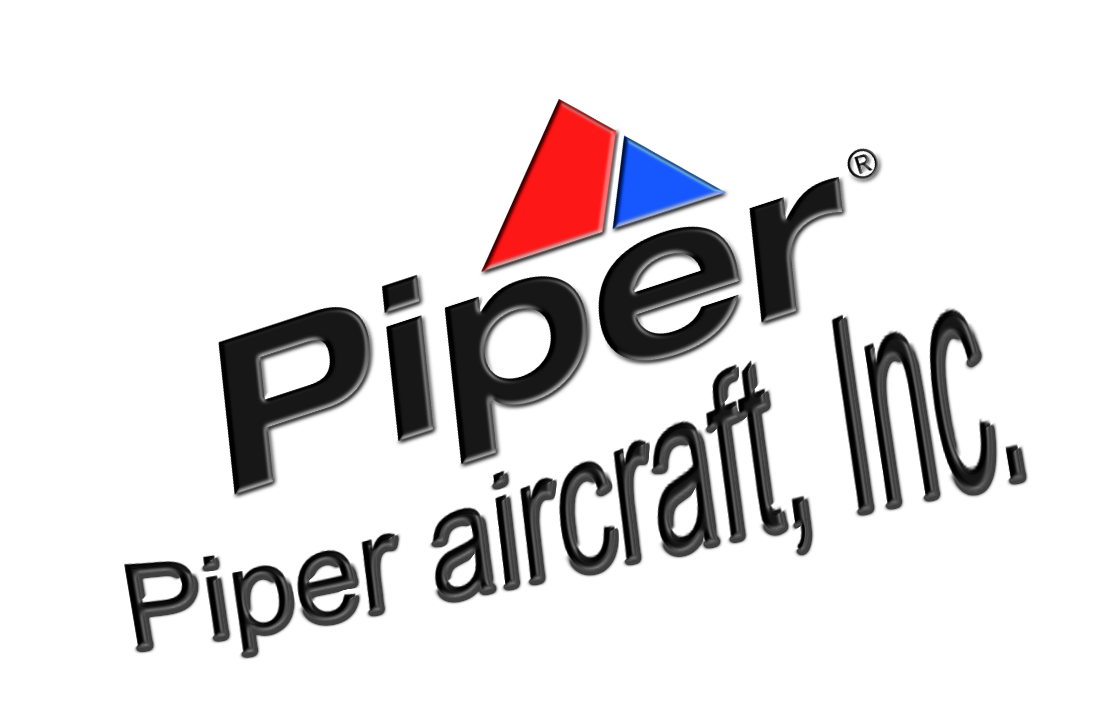
.png)
